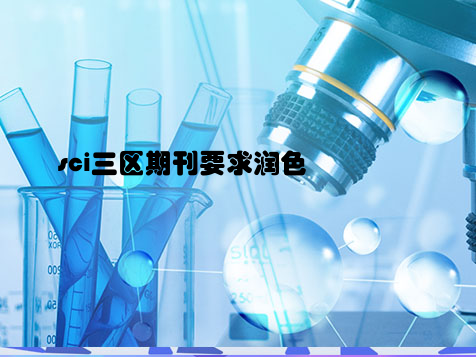Introduction
Title: Enhancing the Efficiency of Solar Cells through Nanotechnology

Solar energy has emerged as a promising alternative to the traditional sources of energy, such as coal and natural gas. The efficiency of solar cells plays a crucial role in making solar energy more accessible and affordable. In recent years, nanotechnology has shown great potential in enhancing the efficiency of solar cells through various approaches. This article aims to explore the recent advancements in using nanotechnology to improve the performance of solar cells.
Nanomaterials for Light Absorption
One of the key factors influencing the efficiency of solar cells is their ability to absorb light. Nanomaterials, such as quantum dots and nanowires, have been widely studied for their unique light absorption properties. These materials can be engineered to capture a broader spectrum of sunlight, including both visible and infrared light, which can significantly enhance the overall efficiency of solar cells. Moreover, the use of nanomaterials allows for the reduction of the thickness of the active layer in solar cells, leading to cost savings and improved flexibility.
Nanostructured Surfaces for Enhanced Charge Transport
The transport of charge carriers within the solar cell is another critical aspect that determines its efficiency. Nanostructured surfaces, such as nanotextured interfaces and nanoparticle-decorated electrodes, have been demonstrated to facilitate the efficient transport of electrons and holes within the solar cell. These nanostructured surfaces provide a larger interfacial area for charge transfer, reduce recombination losses, and enhance the overall charge collection efficiency. As a result, the use of nanotechnology in engineering these surfaces has led to improved conversion efficiencies in solar cells.
Nanoengineering for Improved Stability and Longevity
The long-term stability and reliability of solar cells are essential for their widespread adoption. Nanotechnology offers unique solutions for enhancing the stability and longevity of solar cells. For instance, the use of protective nanocoatings can shield the active layers of solar cells from environmental degradation, such as corrosion and UV radiation. Furthermore, nanostructured materials can be designed to mitigate the impact of mechanical stresses, thermal cycling, and humidity, thereby extending the operational lifespan of solar cells. These advancements in nanoengineering contribute to the overall sustainability and durability of solar energy systems.
Conclusion
In conclusion, nanotechnology has demonstrated significant potential in enhancing the efficiency, stability, and longevity of solar cells. The use of nanomaterials for light absorption, nanostructured surfaces for charge transport, and nanoengineering for improved stability has paved the way for next-generation solar energy technologies. Continued research and development in this field will further accelerate the deployment of cost-effective and high-performance solar cells, ultimately contributing to a sustainable energy future.



